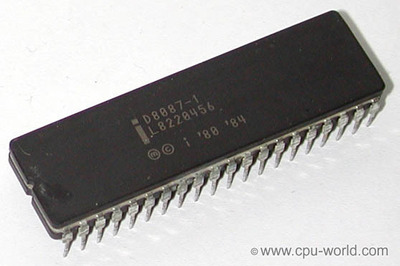majestyk wrote on 2023-08-01, 04:47:
Also XT / AT mainboards for 8086 or 286 that have their own voltage regulator onboard must be extremely rare.
They are. I assume, that's because floppy drives and fixed-disks needed +12/+5v volts, anyway.
So it made sense to leave the task of generating multiple voltages up to an power supply.
I assume that certain embedded motherboards are an exception, though.
Motherboards used in laptops sometimes work with a single DC voltage and have their own voltage generators.
In the early days of 8080 systems, there used to be a lot of different voltages on the motherboard, too.
DRAM, EPROMs and the 8080 needed two, if not three operating voltages.
The Z80 made things much easier (8085, too). It had an integrated DRAM refresher and worked with a single voltage.
EPROMs also had evolved and could work with a single voltage (read mode).
Anyway, it just came to mind. The Z80 and XT systems had a lot in common, including the standard voltages used.
"Time, it seems, doesn't flow. For some it's fast, for some it's slow.
In what to one race is no time at all, another race can rise and fall..." - The Minstrel
//My video channel//
